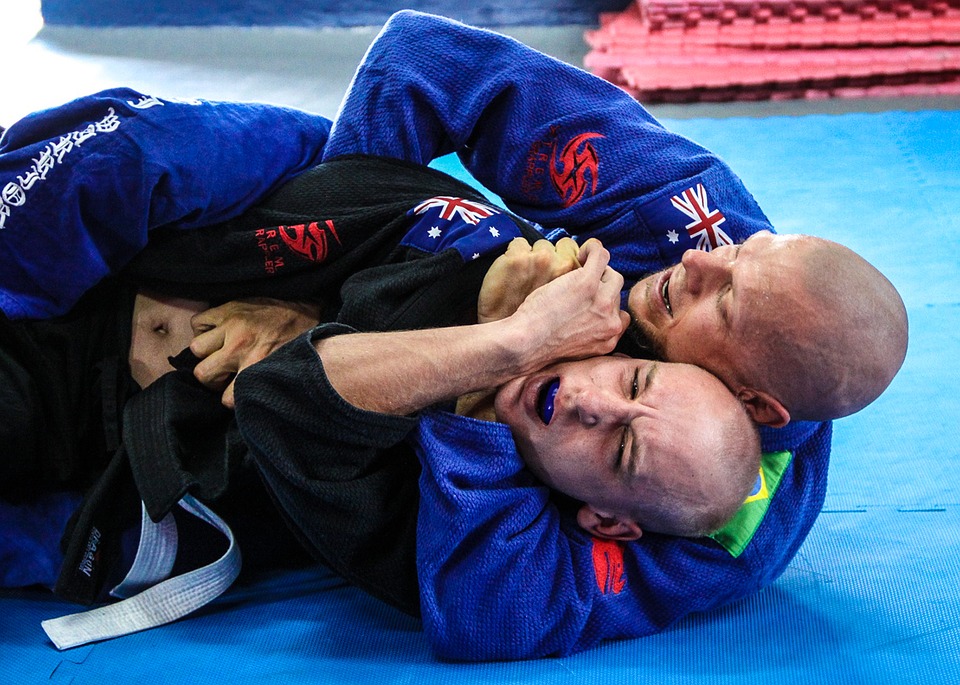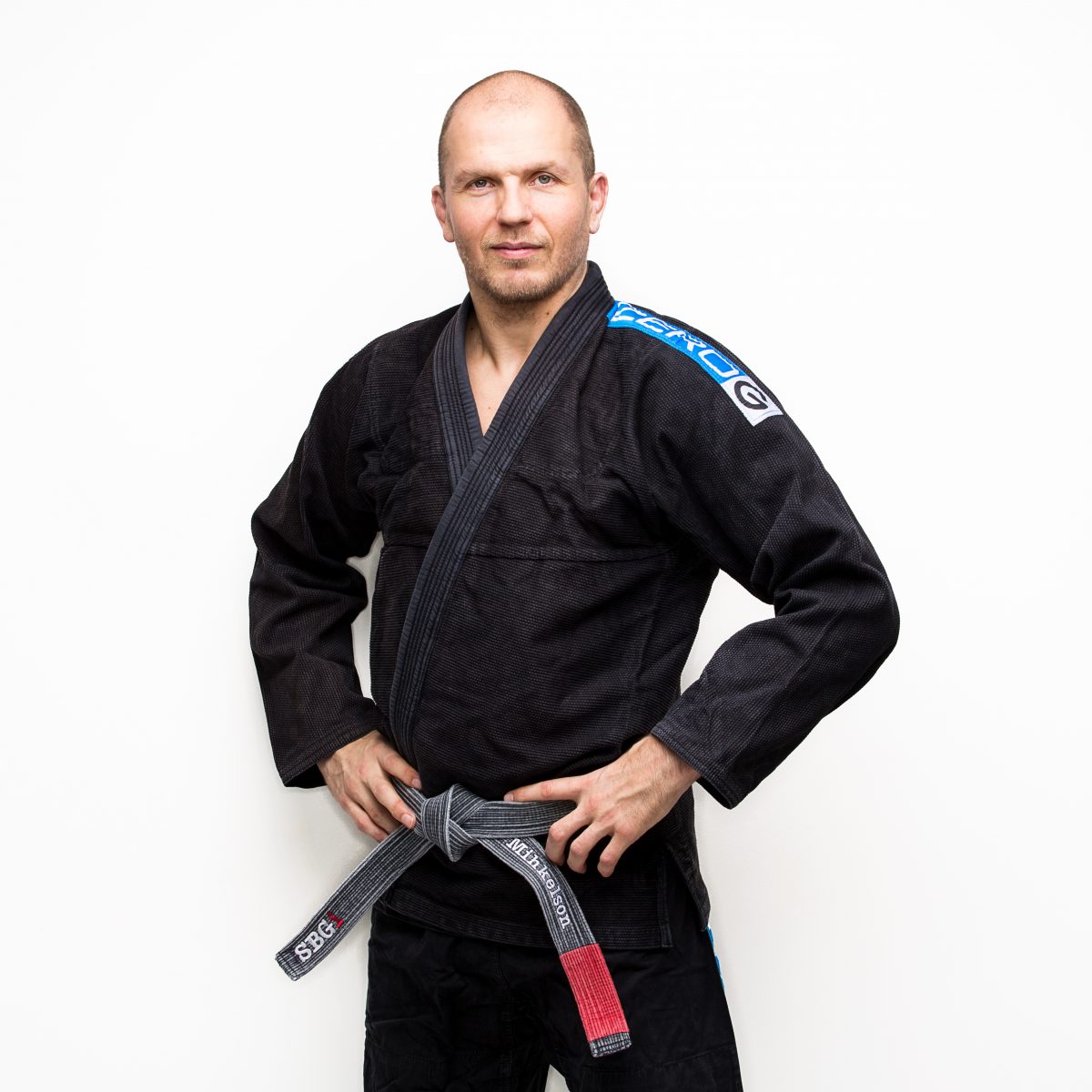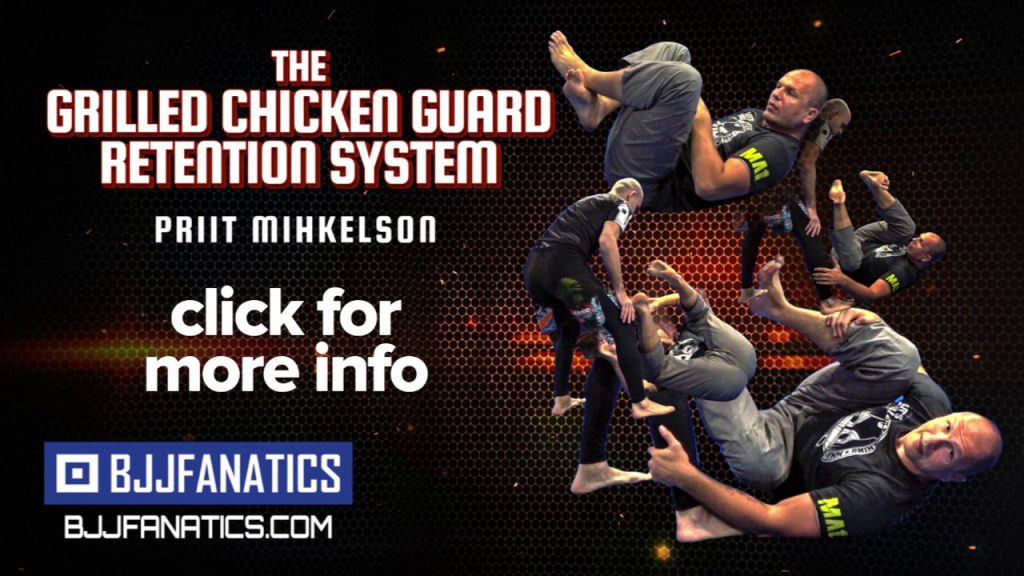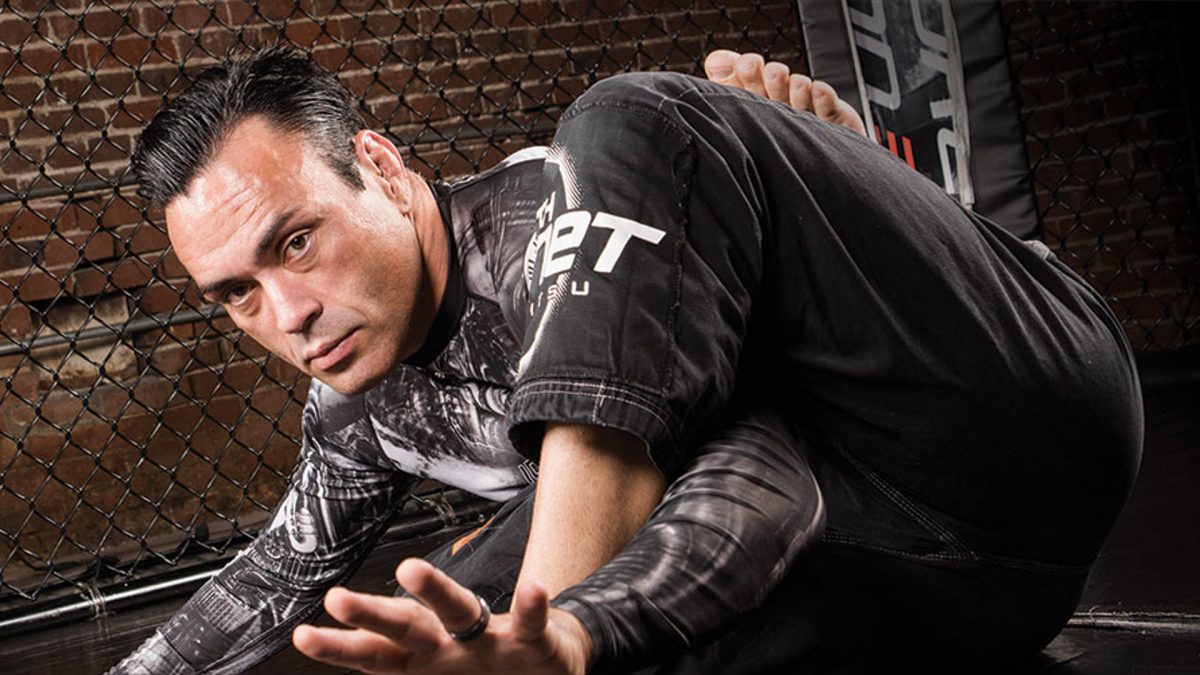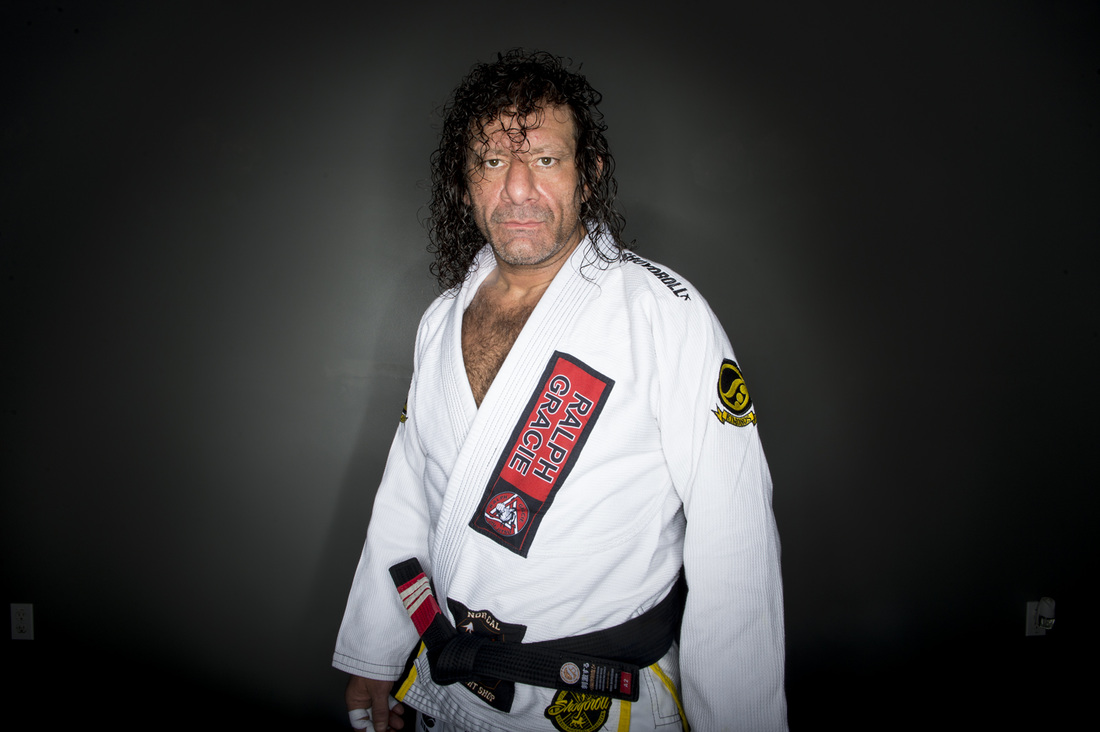Ramsey Dewey shows variations of the rear naked choke in this video. He talks about why it’s a bad idea to tuck your chin to defend a rear naked choke, and shows how a well connected choke can dislocate a jaw and still choke someone in the process.
I especially like the one armed choke variations he shows in this video. I’ve been giving up on the RNC lately because I can’t seem to get it. My partners will tuck their chins or fight for wrist control and I haven’t been able to get past that. Looking forward to trying some of this next class.




